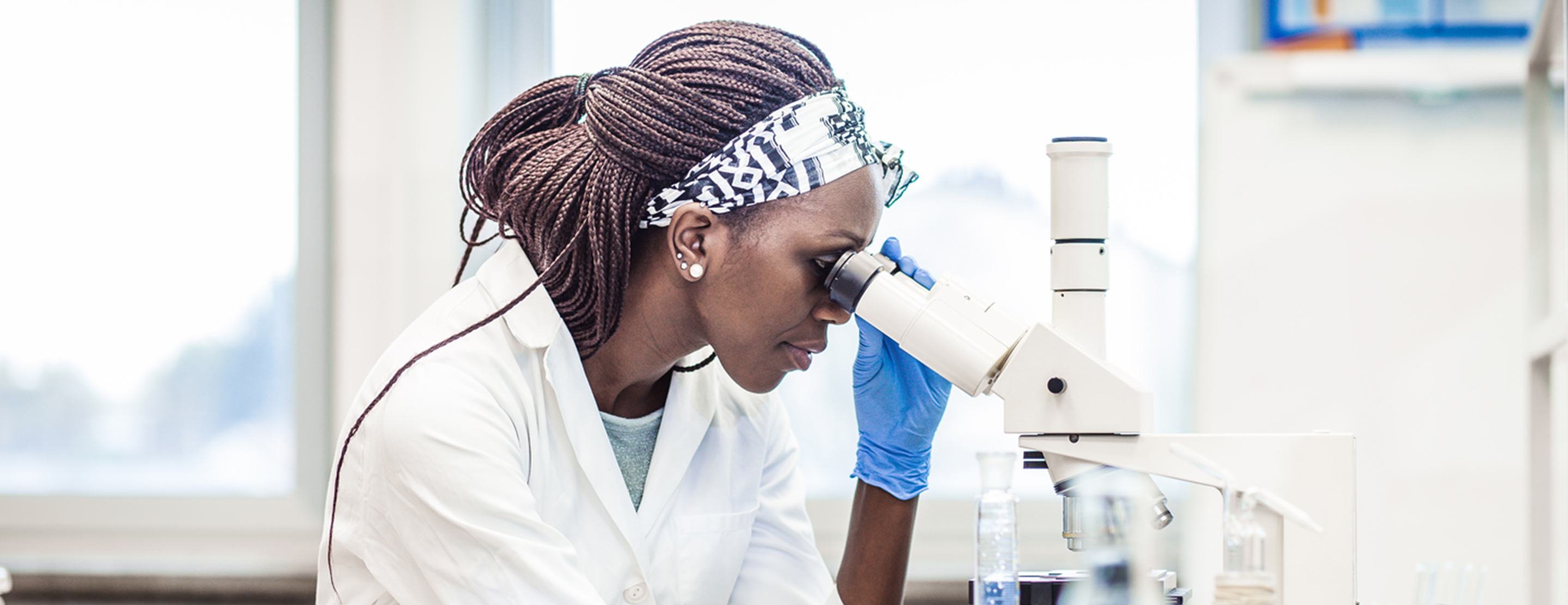
Biopsy
Definition
A biopsy is the removal of a small piece of tissue for laboratory examination.
Alternative Names
Tissue sampling
How the Test is Performed
There are several different types of biopsies.
A needle biopsy is done using local anesthesia. There are two types.
- Fine needle aspiration uses a small needle attached to a syringe. Very small amounts of tissue cells are removed.
- Core biopsy removes slivers of tissue using a hollow needle attached to a spring-loaded device.
With either type of needle biopsy, the needle is passed several times through the tissue being examined. The doctor uses the needle to remove the tissue sample. Needle biopsies are often done using
An open biopsy is surgery that uses local or general anesthesia. This means you are relaxed (sedated) or asleep and pain free during the procedure. It is done in a hospital operating room. The surgeon makes a cut into the affected area, and the tissue is removed.
A laparoscopic biopsy uses much smaller surgical cuts than open biopsy. A camera-like instrument (laparoscope) and tools can be inserted. The laparoscope helps guide the surgeon to the right place to take the sample.
A
How to Prepare for the Test
Before scheduling the biopsy, tell your health care provider about any medicines you are taking, including herbs and supplements. You may be asked to stop taking some for a while. These include blood thinners such as:
- NSAIDs (aspirin, ibuprofen)
- Clopidegrel (Plavix)
- Warfarin (Coumadin)
- Dabigatran (Pradaxa)
- Rivaroxaban (Xarelto)
- Apixaban (Eliquis)
DO NOT stop or change your medicines without first talking to your provider.
How the Test will Feel
With a needle biopsy, you may feel a small sharp pinch at the site of the biopsy. Local anesthesia is injected to lessen the pain.
In an open or laparoscopic biopsy, general anesthesia is often used so that you will be pain free.
Why the Test is Performed
A biopsy is most often done to examine tissue for disease.
Normal Results
The tissue removed is normal.
What Abnormal Results Mean
An abnormal biopsy means that the tissue or cells have an unusual structure, shape, size, or condition.
This may mean you have a disease, such as cancer, but it depends on your biopsy.
Risks
Risks of a biopsy include:
- Bleeding
- Infection
Considerations
There are many different types of biopsies and not all are done with a needle or surgery. Ask your provider for more information about the specific type of biopsy you are having.
References
American College of Radiology (ACR), the Society of Interventional Radiology (SIR), and the Society for Pediatric Radiology. ACR-SIR-SPR practice parameter for the performance of image-guided percutaneous needle biopsy (PNB). Amended 2014 (Resolution 39).
Chernecky CC, Berger BJ. Biopsy, site-specific - specimen. In: Chernecky CC, Berger BJ, eds. Laboratory Tests and Diagnostic Procedures. 6th ed. St Louis, MO: Elsevier Saunders; 2013:199-202.
Kessel D, Robertson I. Achieving tissue diagnosis. In: Kessel D, Robertson I, eds. Interventional Radiology: A Survival Guide. 4th ed. Philadelphia, PA: Elsevier; 2017:chap 38.
Olbricht S. Biopsy techniques and basic excisions. In: Bolognia JL, Schaffer JV, Cerroni L, eds. Dermatology. 4th ed. Philadelphia, PA: Elsevier; 2018:chap 146.
Review Date: 09/03/2018
The information provided herein should not be used during any medical emergency or for the diagnosis or treatment of any medical condition. A licensed physician should be consulted for diagnosis and treatment of any and all medical conditions. Call 911 for all medical emergencies. Links to other sites are provided for information only -- they do not constitute endorsements of those other sites. Copyright ©2019 A.D.A.M., Inc., as modified by University of California San Francisco. Any duplication or distribution of the information contained herein is strictly prohibited.
Information developed by A.D.A.M., Inc. regarding tests and test results may not directly correspond with information provided by UCSF Health. Please discuss with your doctor any questions or concerns you may have.





